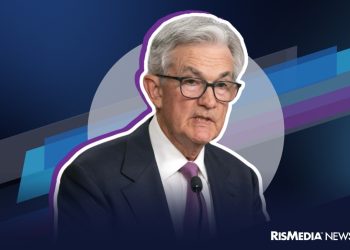The Leading Economic Index (LEI) fell by 0.7% in May to 106.7, continuing the recent trend of decline from April (-0.6%), according to the latest release from The Conference Board. This reading marks 15 months of consecutives declines.
February’s LEI was down 4.3% over the six-month period between November 2022 and May 2023—a steeper rate of decline than its 3.8% contraction over the previous six months, May-November 2022.
“The U.S. LEI continued to fall in May as a result of deterioration in the gauges of consumer expectations for business conditions, ISM® New Orders Index, a negative yield spread and worsening credit conditions,” said Justyna Zabinska-La Monica, senior manager of Business Cycle Indicators at The Conference Board. “The U.S. Leading Index has declined in each of the last 14 months, and continues to point to weaker economic activity ahead. Rising interest rates paired with persistent inflation will continue to further dampen economic activity.”
The Coincident Economic Index increased by 0.2% to 110.2, following an increase of 0.3% in April. The index is now up 0.8% over the six-month period between November 2022 and May 2023—slightly lower than the 0.9% growth it recorded over the previous six months.
The Coincident Economic Index’s indicators—payroll employment, personal income less transfer payments, manufacturing trade and sales, and industrial production—are included among the data to determine a recession.
The Lagging Economic Index saw an increase of 0.1% to 118.4, reversing the 0.1% decrease in April. The index is up 0.6% over the six-month period from August 2022 to February 2023, less than a quarter of the growth rate of 3.3% over the previous six months.
“While we revised our Q2 GDP forecast from negative to slight growth, we project that the U.S. economy will contract over the Q3 2023 to Q1 2024 period,” continued Zabinska-La Monica. “The recession likely will be due to continued tightness in monetary policy and lower government spending.”
For the full report, click here.












